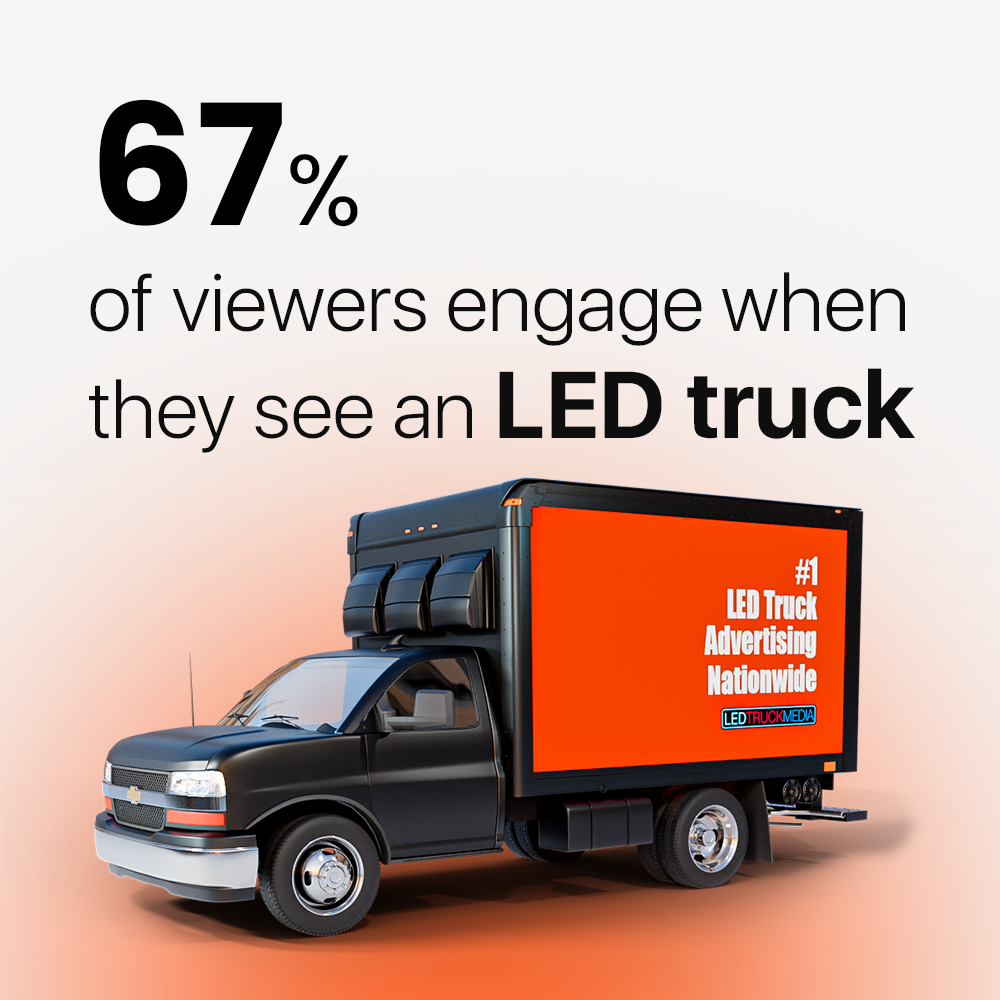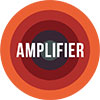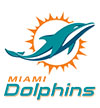How Collecting Campaign Data Can Help You Grow Your Business

The Importance of Campaign Data in Mobile Billboard Advertising
Businesses utilizing mobile billboard ads can greatly benefit from collecting consumer data. By understanding where billboards are most noticed, like near popular stores, businesses can more effectively target their ads. Mobile analytics can reveal how long people look at billboards, their shopping readiness, and their demographic profiles. This information is crucial for refining advertising strategies and making them more impactful.
Why Gathering Campaign Data is Crucial
For those running mobile billboard campaigns, understanding your audience is key. Although tracking every impression on a mobile billboard is challenging, you can gather valuable demographic data. This information helps in tailoring your ads to the right audience. Utilizing GPS technology can be an effective way to pinpoint where your audience is most engaged.
Awareness and Impact of Truck Advertisements
According to a study by the American Trucking Association, 91% of people notice truck advertisements. Unlike TV commercials, which can be skipped, mobile billboard ads are more difficult to ignore. This makes them a powerful tool for increasing sales and driving traffic, particularly in areas where your target audience spends significant time.
Strategies for Tracking Mobile Billboard Data
Mobile billboard advertising extends your brand's reach beyond the limits of local TV or internet ads. Since these billboards move through busy areas, monitoring where they are most effective is crucial. You can also strategize the timing of your ads, making them ideal for events like grand openings or sales. Mobile billboards are cost-effective, impactful, and can reach multiple markets simultaneously, making them a versatile advertising option.
Advantages of Mobile Billboards Over Static Ads
Mobile billboards have a unique advantage in capturing attention since they are constantly on the move and can't be switched off like standard posters. Their high visibility, paired with an engaging message, makes them more effective than traditional outdoor advertising. Unlike static posters, mobile billboards offer a dynamic way to spread your message.
Diverse Forms of Mobile Billboard Advertising
In addition to traditional mobile billboards, truck advertising and vehicle wraps are effective options. Trucks, with their large surface area, have a significant reach, while vehicle wraps on smaller vehicles can target specific demographics effectively. This form of advertising is not only attention-grabbing but also cost-efficient.
Utilizing Collected Data to Enhance Campaigns
Companies are increasingly using data from mobile phones to gauge billboard effectiveness. By tracking consumer movements and using GPS data, businesses can determine ad performance. However, partnering with third-party data collectors can provide more in-depth insights. Location data is particularly valuable, linking consumer behavior with specific store visits. While these methods can increase ad revenue, they also raise privacy concerns.
Tailoring Ads Based on Data Insights
Some businesses use customer data to trigger targeted ad campaigns. By understanding patterns, like parents passing by a screen at certain times or the habits of young adults, companies can make their mobile billboard ads more relevant and appealing. This targeted approach ensures ads resonate more effectively with the intended audience.
Conclusion: Balancing Data Collection with Ethical Practices
While data collection can boost a company's profitability, ethical considerations are paramount. Misuse of consumer data can harm a brand's reputation, leading to distrust and negative perceptions. Companies must balance data collection with ethical practices, ensuring consumers have a choice in how their data is used. Responsible data use is key to maintaining consumer trust and long-term success in mobile billboard advertising.

















